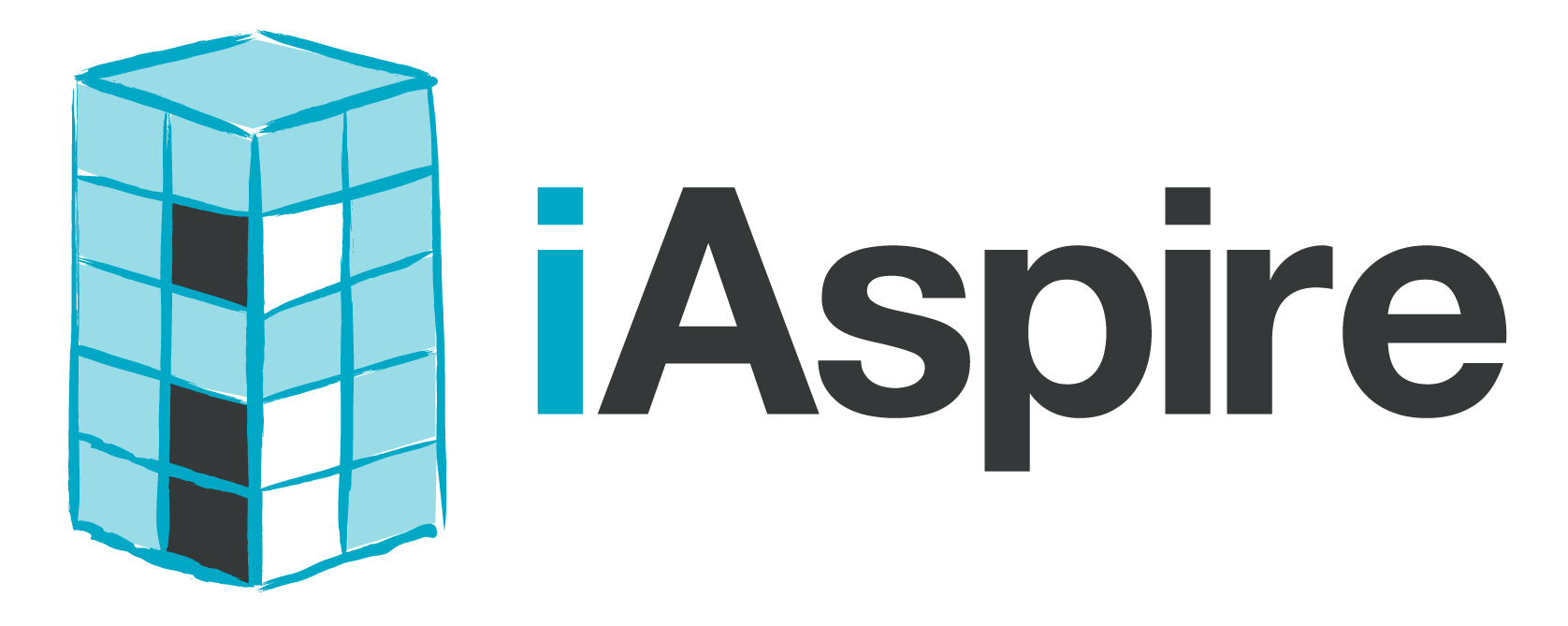Teacher Evaluation Processes
Teacher observations and evaluations can be complex, with many states requiring conferences, student data collection, and other components.
An effective process starts with understanding the purpose - what exactly are you trying to accomplish through your own teacher evaluation process?
Performance pay only? A means to removing ineffective teachers from your schools? Hopefully somewhere in your core purpose is the concept of growing and developing teachers. After all, the teacher shortage is real, large and growing, and worse than we thought.
“Teachers—especially in high-poverty schools—aren’t getting the training, early career support, and professional development opportunities they need to succeed and this too is keeping them, or driving them, out of the profession”
To think through your process, first provide clarity on what you are trying to accomplish in your observations and evaluations.
What goals are you trying to reach?
What does success look like?
What do you expect from teachers?
What should teachers expect from you?
Then think through how to make this happen through teacher evaluations processes:
How many observations are necessary to reach your goals?
When should these observations take place?
Which framework will you use?
What is our balance among walkthroughs, observations, and evaluations?
Typical teacher evaluation process components to consider include:
Pre-observation conference - a conference between an observer and the observee held prior to an observation beginning.
Provides teachers an opportunity to demonstrate their planning and preparation for instruction.
Provides teachers an opportunity to ask for specific feedback about their teaching (i.e. questioning techniques, engagement strategies, etc.)
Provides observers the chance to clarity expectations and/or seek additional information from the teacher.
Observation - the observer observes the learning environment, instructor teaching, and has a chance to interact with the students.
TIP: Don’t forget to talk to the students! A district in Georgia has a process where the observers speak to five different students during each classroom visit and ask five specific questions to each student about the student’s understanding of the lesson objective and how they know when they are able to meet the goal for the lesson. This is incredibly powerful information to collect!
Feedback - The observer reflects on the observation and provides specific, actionable feedback to the teacher.
Post-observation conference - The teacher and observer meet to have a collaborative, reflective conversation about the lesson. Typically specific commendations and recommendations are discussed along with next steps (what’s left as part of the observation process, specific steps the teacher should take, etc).
TIP: For struggling teachers, first identify one or two specific areas you are seeking improvement from the teacher. Then work with that teacher on a plan for improvement and support her along the way. If warranted, and as part of your process, you may want to think about a more formal Professional Improvement Plan. The Society for Human Resources Managers has a nice outline of the steps for a Professional Improvement Plan.
Some processes have the same number of observations required regardless of teacher experience or performance. Some organizations require beginning teachers and/or lower performing teachers to participate in observations more frequently than veteran or higher performing teachers.
The key is to identify first your purpose, and then design a process that will help you fulfill your purpose. For the sake of your teachers, be thoughtful about how you connect teacher evaluations and professional development/coaching!
